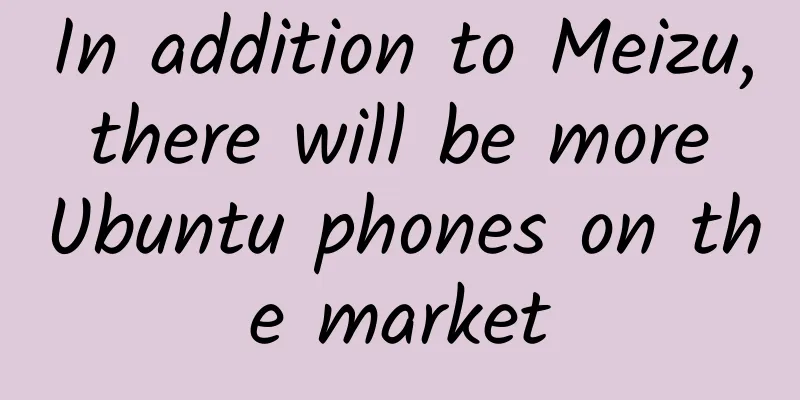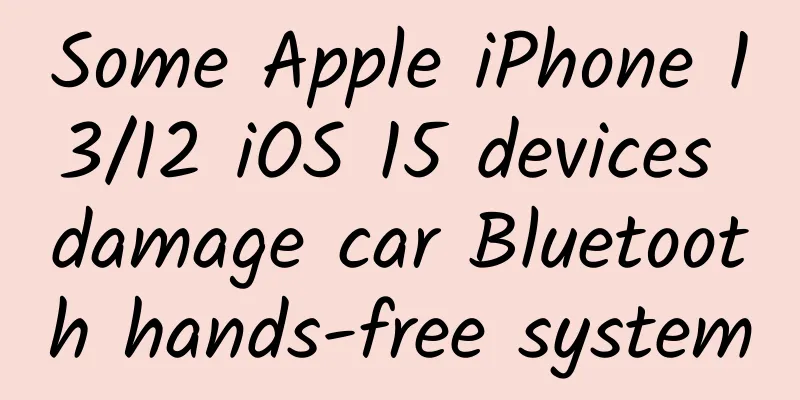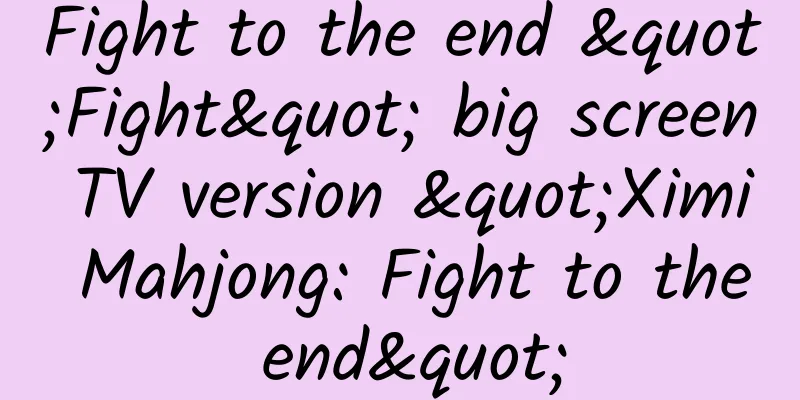How to effectively drive traffic from mini programs?

|
Mini programs are a very important battlefield in the second half of the Internet, which is something that Internet people can relate to very well: WeChat is constantly strengthening the position of mini programs, and other giants are also actively launching their own mini programs because they have all seen the mini programs' capabilities and development space in customer acquisition, retention, and monetization. 1. Mini Program’s Growth Closed Loop and RARRA Model Many product managers and operations staff will encounter the same problem at work: how to effectively guide users from mini programs to apps, and how to allow app users to see the mini programs, thereby achieving a closed loop of mini program growth. At the same time, we are also facing a current situation that the overall user retention of mini programs is not ideal. Users leave after using them and never come back. User value is difficult to establish, and the previous customer acquisition work becomes futile. It can be seen that user retention has more growth implications than user acquisition, which is very consistent with the "meaningless growth wheel" proposed by Brian Balfour. The growth hacker model has shifted from AARRR to RARRA (Retention-Activation-Referral-Revenue-Acquisition). Obviously, user retention can reflect real growth. The core of the RARRA model is Retention, that is, user retention. This question goes back to the original topic of the closed loop of mini program growth. With the help of the RARRA model, it is not difficult to understand:
2. User Retention and Value Link Continuously providing user value will undoubtedly solve the problem of user retention. So, how do we define user value? Generally speaking, when users come into contact with a mini program, they expect to be able to see the content they want to see and use the available functions. This is the basic composition of user value. If we deeply understand user value, we should think about:
For example, a mini program that integrates group buying and distribution has the following functions:
These functions are designed based on user psychology. When users see the title of the mini program, they are already tempted to buy products at low prices, so the function of sharing price reductions fully satisfies user needs at the first time. Next, the functions of real-time distribution and exclusive posters further stimulate users and drive them to actively share and spread. Then, group buying, sharing price reductions, real-time payment of distribution and exclusive posters are all active functions. It can be seen that users have a strong motivation to use mini programs such as group buying and distribution. On the one hand, they can buy goods at preferential prices themselves, and on the other hand, they can use social relationships to conduct distribution and earn commissions. In this process, the value of users is fully highlighted, and at the same time, the mini program can also quickly attract new customers with the help of users. Therefore, when it comes to triggering users to use the product, we should carefully understand the users’ real needs and potential needs that are worth exploring, and then classify the needs into primary and secondary ones, and finally reflect them in the priority display of active functions . At the same time, we also have to consider whether these active functions can continue to bring user value. For example, if distribution becomes difficult, it will be difficult to continue to bring user value, and it will be easy to have low retention growth or even growth without retention. Therefore, on the basis of locking in active functions, we can analyze retention to determine whether the functions can continue to bring user value. 3. Activation, recommendation, conversion and sharing fission After user retention, we have to consider the issues of activation, recommendation and conversion, which are completely inseparable from the sharing fission of the mini program. So, how can we effectively guide users to share? Common methods, such as sending red envelopes or guiding through gamification, are relatively simple and direct ways of incentives. In addition, we can also analyze the customer acquisition, retention and sharing data brought by different methods, and test and verify whether there is a compound incentive method that is more effective. Relying on WeChat's naturally strong social attributes, we need to conduct in-depth operations on existing users, and use data mining and analysis methods to understand which users can bring in more new users through sharing in their friend relationships. At the same time, we need to be good at summarizing the reasons for changes in sharing fission data at each level and extract appropriate operation strategies. For example: some users share many times, although they do not bring many new users in the end, it can be said that these users are active users and are suitable for incentivizing them with red envelopes; for another example: some users do not share many times, but they eventually bring hundreds of new users, which means that there is an obvious and strong social relationship between these users and their friends, and it is worth intensively operating for these users. As users continue to share and fission, the retention of mini programs will also increase . I believe this is not difficult to understand. 4. Customer Acquisition and ROI When it comes to the customer acquisition stage in the RARRA model, we should focus on ROI. Similar to APP, ROI includes data on new users, cost, and conversion. However, when analyzing ROI, we also need to consider several issues:
The significance of analyzing ROI is to help the mini program complete the growth loop and help the growth team understand how different channels, scenarios and gameplay have different effects on growth. Conclusion After reading this, you may still have some questions you want to know more about, such as: how to improve conversion and retention, how to comprehensively measure the reasons for customer acquisition and conversion loss, how to find ways to refine operations for lost users, etc. I will share some experiences and opinions in subsequent articles, and you are welcome to communicate! Source: |
<<: The top ten e-books are free and completed, and the fantasy novels are ranked?
>>: How to write an event planning proposal?
Recommend
Where does the sun's energy come from, and will the fuel run out, causing it to become smaller and smaller and finally go out?
In a sense, the energy of the sun is inexhaustibl...
Can only boot up in seconds? This is the biggest misunderstanding of solid-state drives
Why are some people willing to spend three or fou...
"Black Book of Plans" is officially launched丨It makes it easy to write plans
If you have ever encountered such a problem when ...
The sourest species, its butt can spray vinegar!
As the most prominent members of the Arachnida, s...
90% of marketing copy will use these two directions to impress users!
The essence of marketing copy is to get users to ...
Want to solve the locust plague by "eating"? Unfortunately, they have already predicted it.
Produced by: Science Popularization China Author:...
A new perspective on the origin of the universe! The universe unfolds: time disappears in the Big Bang?
Understanding the origin of the universe has alwa...
Tips for Weibo promotion and traffic generation
Weibo can be said to be a big brother-level platf...
Whoosh~Eeh? They seemed to smell the "smell" of the universe...
The universe, this mysterious and vast space, alw...
OCPC deployment strategy in the medical industry!
1. Industry background and current situation anal...
The local tycoons can only relieve their loneliness by spending money!
[[127713]] You have to admit that in the world of...
New research found that this cancer-causing gene has become the "slimming gene" for those thin people who can't gain weight
If we were to divide the world's people into ...
Practical information coming: the most comprehensive information flow advertising practical information in history
Next, let’s take a look at the first article . 1....
Solution for responsive images to adapt to different interfaces with the same image source
[[164364]] Ever since Ethan Marcotte started talk...
Uncoded high-definition personal experience - the era of VR movies has arrived
I believe that anyone who has been to a movie the...









